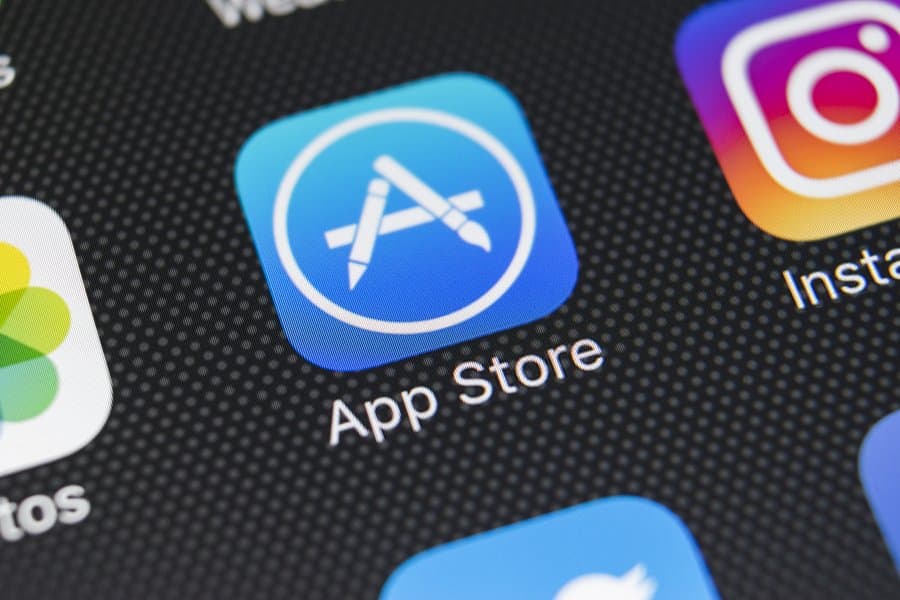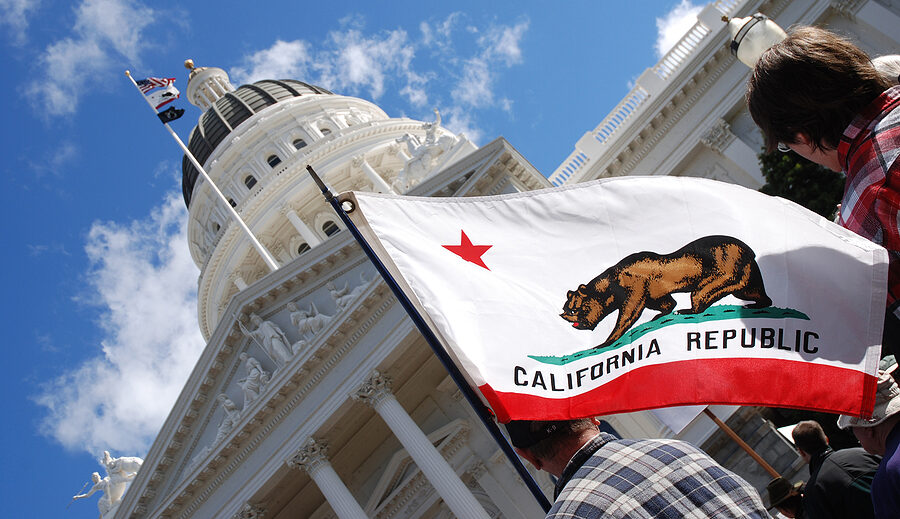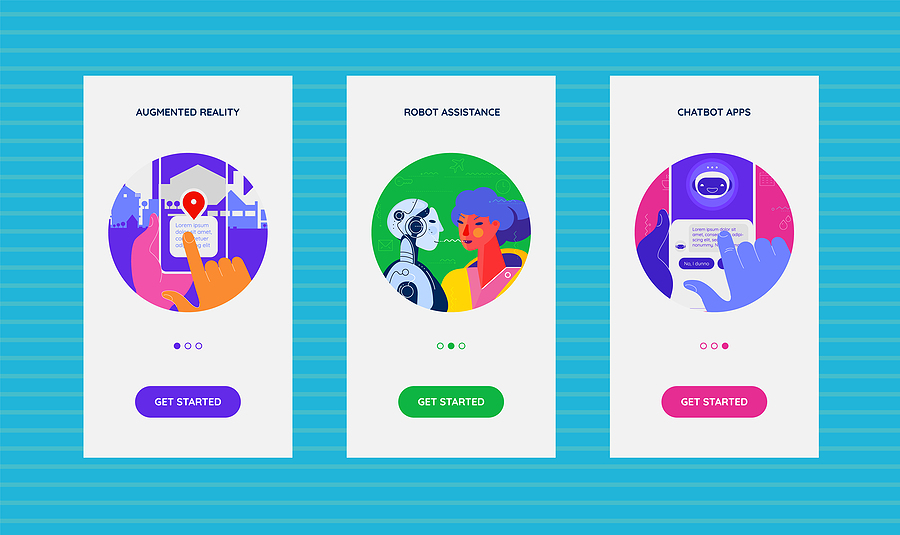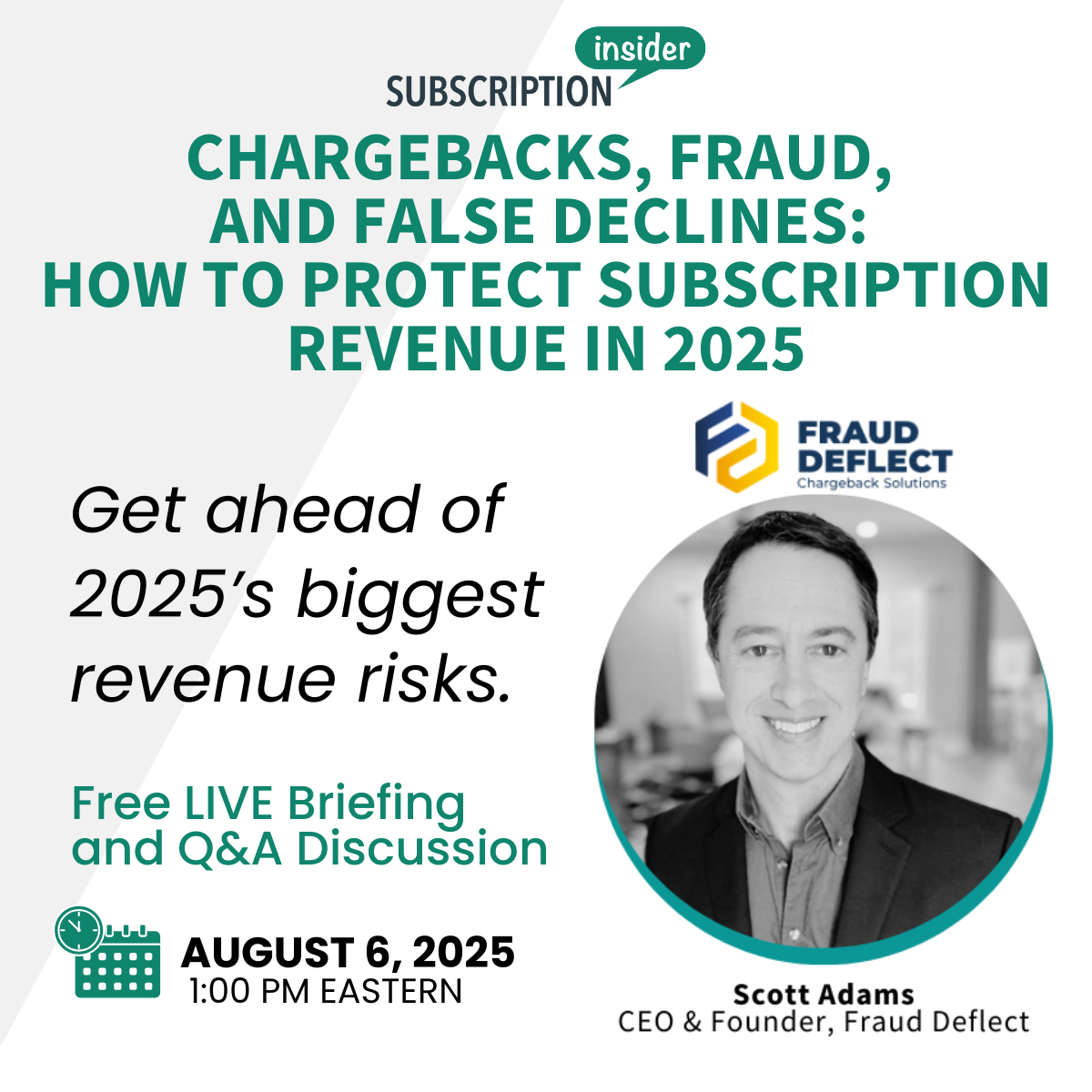
Apple Bets That Customers Will Pay for a Bite Every Month
Apple is pushing hard toward subscriptions both in its app store and with its latest cloud and hardware offerings. But the personal computer giant is not blazing a trail with software as a service for consumers: Microsoft and Adobe got there first.
HELLO!
This premium article is exclusively reserved for Subscription Insider PRO members.
Want access to premium member-only content like this article? Plus, conference discounts and other benefits? We deliver the information you need, for improved decision-making, skills, and subscription business profitability. Check out these membership options!
Learn more about Subscription Insider PRO memberships!
Already a Subscription Insider PRO Member?
Please Log-In Here!
Up Next
Register Now For Email Subscription News Updates!
Search this site
You May Be Interested in:
Smarter subscriptions start here! Join subscription leaders solving the industry’s most complex growth










